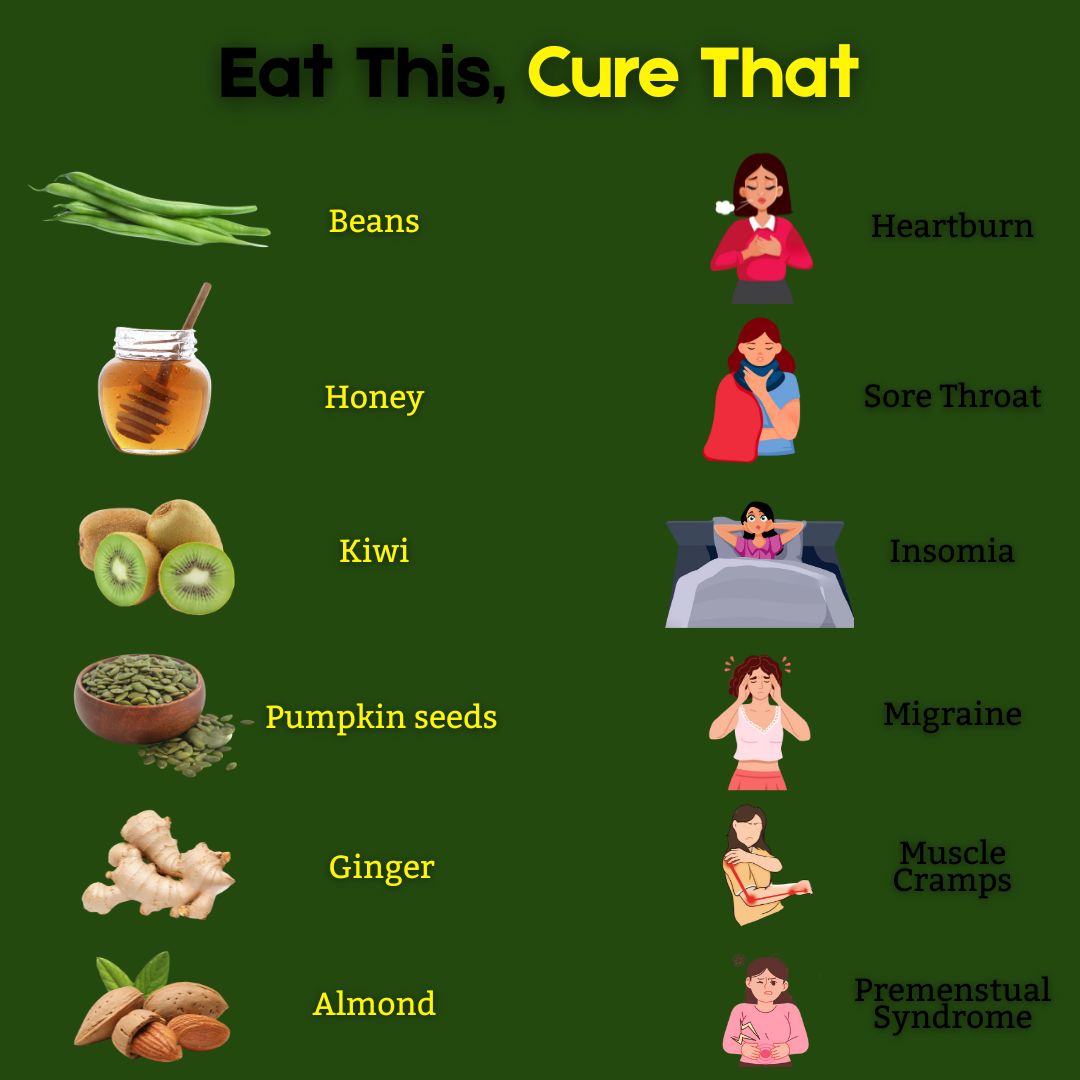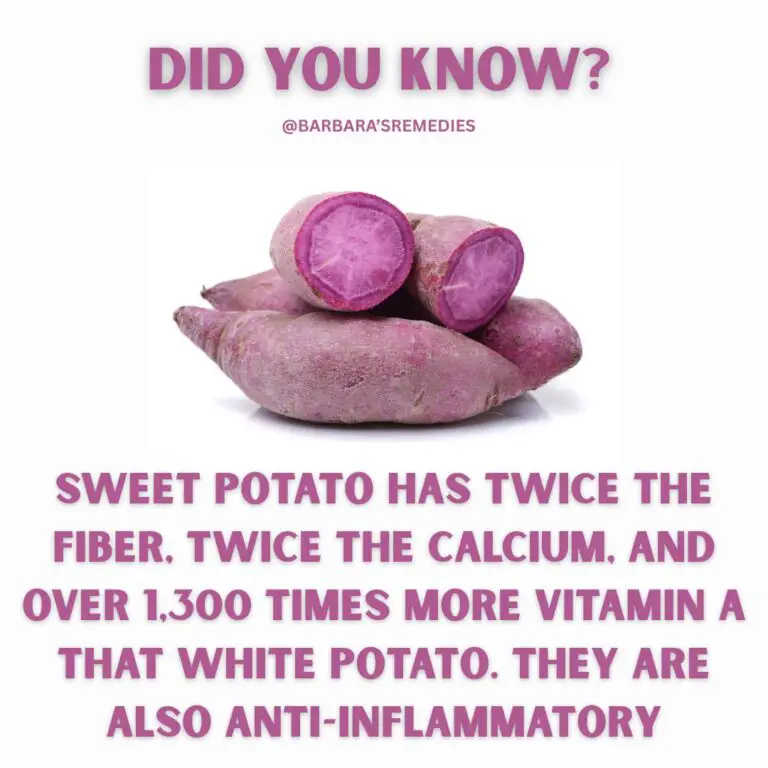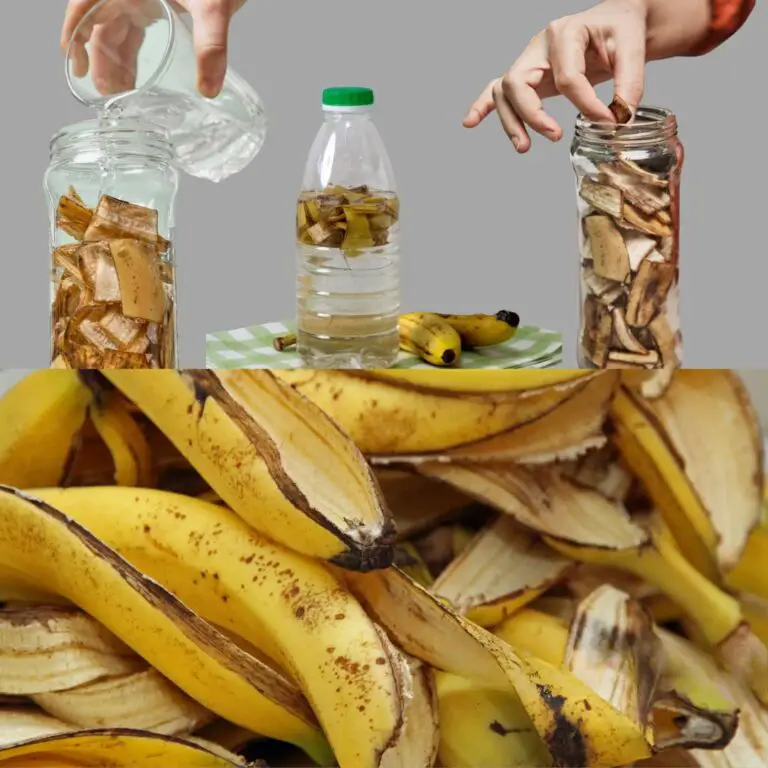Best Way to Fight Inflammation 👇🏻👇🏻👇🏻 Eat This, Cure That
Introduction
Inflammation: it’s a word that often comes with fear and confusion. While inflammation is a natural process that helps your body heal, chronic inflammation is linked to many serious health conditions, including arthritis, heart disease, diabetes, and even cancer. The good news? You have the power to reduce inflammation naturally through your diet. The best way to fight inflammation isn’t a magic pill—it’s food. Certain nutrient-rich foods actively combat inflammation, heal your body, and boost your immune system.
This article dives deep into the best foods, recipes, and strategies to help you fight inflammation from the inside out. Imagine feeling less joint pain, more energy, and better overall health just by changing what you eat. Ready to discover the most effective anti-inflammatory recipe and lifestyle tips? Let’s get started.
Why You’ll Love This Anti-Inflammatory Recipe
What makes this recipe special isn’t just the ingredients but the science-backed blend of anti-inflammatory powerhouses designed to work synergistically. The recipe is:
- Delicious and easy to prepare — no complicated cooking or obscure ingredients.
- Versatile for any diet — whether vegan, paleo, or omnivore, you can customize it.
- Rich in antioxidants and healthy fats — the cornerstones of fighting inflammation.
- Supports long-term health — helps reduce chronic disease risk and promotes healing.
Eating well doesn’t have to feel like a sacrifice. This recipe will excite your taste buds and give your body exactly what it needs to calm inflammation naturally. Plus, it fits seamlessly into any busy lifestyle, whether for meal prep or a quick dinner.
Ingredients
Gather these fresh, nutrient-packed ingredients for your anti-inflammatory meal:
- 1 cup kale (rich in vitamin K and antioxidants)
- 1/2 cup blueberries (loaded with flavonoids and antioxidants)
- 1 medium avocado (healthy monounsaturated fats)
- 1/2 cup quinoa (gluten-free whole grain with fiber)
- 1/4 cup walnuts (omega-3 fatty acids)
- 1 tablespoon extra virgin olive oil (anti-inflammatory polyphenols)
- 1 teaspoon turmeric powder (curcumin fights inflammation)
- 1 teaspoon ground ginger (reduces inflammatory markers)
- 1 garlic clove, minced (boosts immunity and lowers inflammation)
- Juice of 1 lemon (vitamin C and detoxification support)
- Salt and pepper to taste
Necessary Tools
To make this recipe, you’ll need:
- A medium saucepan for cooking quinoa
- A large mixing bowl for combining ingredients
- A sharp knife and cutting board for prepping veggies and fruits
- A small whisk or fork for mixing the dressing
- Optional: blender if you want to blend the dressing for a smoother texture
Ingredient Swaps and Additions
Customizing this recipe is easy depending on your taste or what you have on hand:
- Swap kale with spinach or Swiss chard for a milder leafy green.
- Use strawberries or blackberries instead of blueberries for different antioxidant profiles.
- Replace walnuts with almonds or chia seeds to keep omega-3 benefits.
- If quinoa isn’t available, try brown rice or millet as gluten-free grains.
- Fresh turmeric can be used instead of powder if you want a more intense flavor.
- Add a pinch of cayenne pepper if you like a spicy kick that also boosts metabolism.
- Incorporate grilled chicken or tofu for added protein and substance.
Step-by-Step Instructions
Step 1: Cook the Quinoa
Rinse 1/2 cup quinoa thoroughly to remove bitterness. Combine quinoa with 1 cup water in a saucepan. Bring to a boil, then reduce heat to low, cover, and simmer for 15 minutes or until water is absorbed. Remove from heat and let it fluff with a fork.
Step 2: Prepare the Dressing
In a small bowl, whisk together olive oil, lemon juice, turmeric, ginger, minced garlic, salt, and pepper. The combination of turmeric and ginger delivers a powerful anti-inflammatory punch.
Step 3: Prep the Veggies and Fruits
Wash and chop kale into bite-sized pieces. Dice the avocado and rinse the blueberries.
Step 4: Combine Everything
In a large bowl, mix the cooked quinoa, kale, blueberries, avocado, and walnuts. Drizzle the dressing over the top and toss gently to coat evenly.
Step 5: Serve
Serve immediately as a fresh, vibrant salad or chill for 20 minutes to let the flavors meld.
Pro Tips for Success
- Massage kale with a little olive oil and salt before adding it to soften the leaves and reduce bitterness.
- Use freshly ground turmeric and ginger for stronger flavor and potency.
- Toast walnuts lightly to bring out their nutty aroma but avoid burning, which can create harmful compounds.
- Keep avocado fresh by adding lemon juice right after slicing to prevent browning.
- Prepare quinoa in advance and store in the fridge for quick meals during the week.
For additional cooking hacks to boost anti-inflammatory benefits, visit The Healthy Cooking Hub.
Serving Suggestions
- Pair this salad with grilled salmon or baked tofu to increase omega-3 intake.
- Add a side of roasted sweet potatoes for extra fiber and beta-carotene.
- Serve it as a colorful topping over whole-grain crackers for a healthy snack.
- Mix into wraps or use as a filling for stuffed peppers.
- Complement with a cup of green tea or turmeric latte for a double anti-inflammatory effect.
Want more meal ideas? Explore our Anti-Inflammatory Meals.
Storing and Reheating
- Store leftovers in an airtight container in the fridge for up to 2 days.
- The salad tastes best fresh, but if storing, keep avocado separate and add before serving to avoid browning.
- Reheat quinoa separately if desired, but avoid heating the entire salad to preserve fresh flavors and nutrients.
- Use lemon juice on leftovers before reheating to maintain brightness.
For detailed meal prep advice, read our Anti-Inflammatory Meal Prep Guide.
Nutritional Information (Per Serving)
- Calories: 420
- Protein: 12g
- Total Fat: 28g
- Saturated Fat: 4g
- Carbohydrates: 30g
- Dietary Fiber: 9g
- Sugars: 6g
- Vitamin C: 60% DV
- Vitamin K: 110% DV
- Omega-3 Fatty Acids: 2.3g
- Curcumin (from turmeric): Approx. 50mg
FAQs
1. How soon will I see benefits from eating anti-inflammatory foods?
Results vary, but many notice reduced inflammation symptoms within weeks, especially when combined with lifestyle changes.
2. Can I rely solely on diet to cure inflammation?
While diet plays a crucial role, it’s best combined with exercise, stress management, and medical advice for chronic conditions.
3. Are turmeric supplements more effective than food?
Supplements can provide concentrated curcumin, but eating turmeric with black pepper in food improves natural absorption.
4. Can anti-inflammatory foods help with arthritis?
Yes, many studies show diet can reduce joint pain and stiffness in arthritis sufferers.
5. Is it okay to eat these foods daily?
Absolutely! These nutrient-dense foods are safe and beneficial as part of a balanced diet.
Conclusion
Fighting inflammation naturally is both an art and science—centered on eating nutrient-rich, anti-inflammatory foods that nourish your body and calm the flames of chronic inflammation. This recipe combines the best of nature’s superfoods into a delicious, simple dish you’ll want to eat again and again. By embracing these foods daily, you empower your body to heal, reduce disease risk, and feel vibrant.
Ready to take control of your health? Start with what’s on your plate and discover the transformative power of anti-inflammatory eating.







